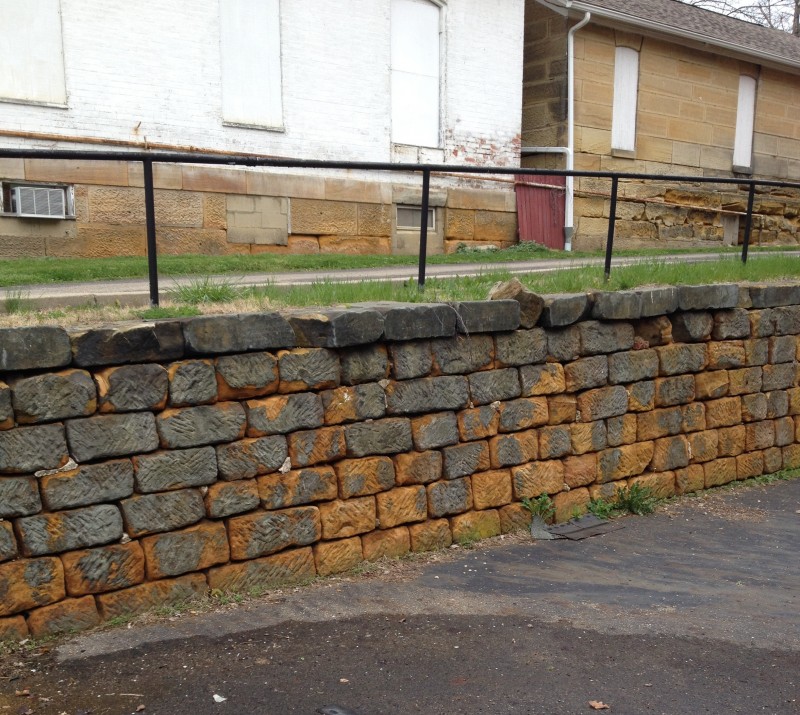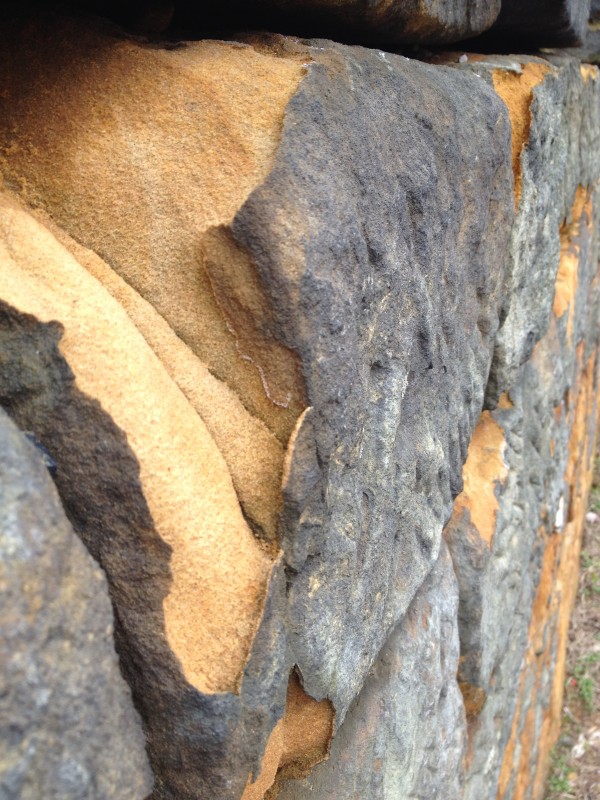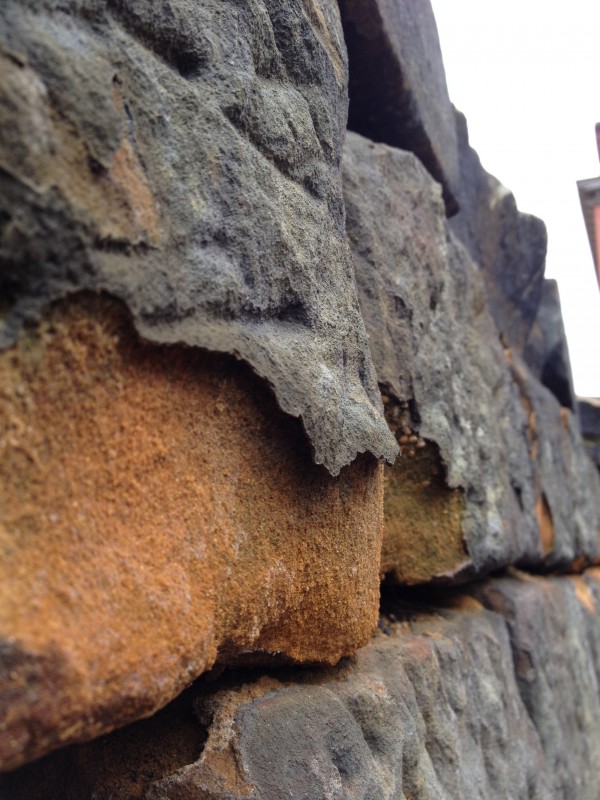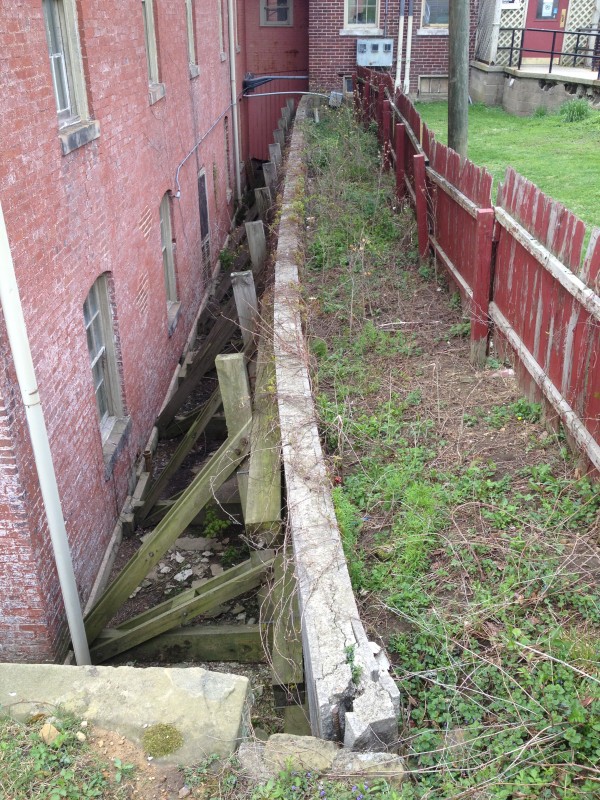Visual clues at the Fairfield County Infirmary Pt I
Back in early May, Jeff and I visited the Fairfield County Infirmary. The main building is commonly known as the Miller Building. The campus is located on State Route 37, north and east of downtown Lancaster. The site is hilly and very picturesque, with underground springs that originally provided the water needs for the campus.
Jeff and I visited that day to tour the site with Fairfield County officials. The campus is nearly 100% vacant currently, and commissioners have sought ideas for redevelopment (thankfully, they are entertaining redevelopment options that include the preservation and continued use of some, if not all, of the buildings located on the site).
It was a thrill to tour through buildings dating to the 1820s, and to see so many of the site’s outbuildings that had survived, some in continued use even today. As we toured I paid special attention to what was happening with the buildings and the site. I kept in mind questions such as: how do the locations of buildings on the site (and the grading on the site) contribute to the protection of buildings and materials, or contribute to their deterioration; how have alterations and repairs protected buildings or sped their deterioration; and how have differences with temperature and humidity affected building materials. I’ll report on what I found over the next couple posts.

While it was initially puzzling to see this distinct two-toned appearance on the sandstone retaining wall, a closer investigation of the individual blocks points to a probable cause.

The two detail shots show what appears to be an intact stone crust, but a deteriorated interior structure. This means that water or water vapor was likely trapped within the stone. In other words, the surface of the stone became impermeable, not allowing trapped water or water vapor to pass through. Typically, if a stone or brick is coated with an impermeable sealer, the water or vapor collects against the inside face of the stone. The sustained wetness, not to mention freeze-thaw cycles, will cause the continual deterioration of the stone, as the water cannot escape, while the outside face of the stone appears relatively sound.

The sealed or “protected” face of the stone remains relatively deterioration-free, until the complete disintegration of the interior structure of the stone causes the crust to flake off, due to a lack of any internal support.
These images provide a perfect example of why I get nervous any time I hear someone talking about the need to “waterproof” or “seal” a masonry surface. While there are sealers that work well with masonry when there is a true need, so many times we see the sealer doing more damage than good because: 1) the masonry wall does not actually need to be sealed, and, 2) the sealer does not allow water vapor to pass through, trapping interior moisture within the masonry, speeding up deterioration.

There’s no mistaking that masonry can be a very strong building component, when used the right way. When masonry is stacked, such as the brick used in the building in this image, its ability to hold up the structure and work against gravity is impressive. However, masonry is no match for forces pushing against a wall (as opposed to forces such as gravity, which pushes down through the wall, not against it). Here, a single thickness concrete block retaining wall shows a visible bow as the pressure exerted by the earthen hill exceeds the strength of the bond between the block and the mortar in the retaining wall.

What I really like about this image is the well-worn sandstone door sill. On the day this sill was placed, the plane across the top of the stone was level and straight. The wear we see in the image is the tangible evidence of the people that came before us, thousands of steps coming into or out of the building, crossing the threshold.
Also interesting to note is the lower rail of the screen door. Instead of fabricating the typical rectangular shape, someone accounted for the gap created by the wear and cut a custom fitted rail, conforming to the dip in the stone.
I’ll be back tomorrow with more visuals from our visit, and more thoughts about the different forces acting upon the buildings.

